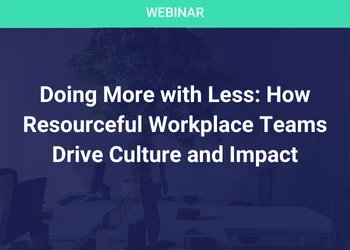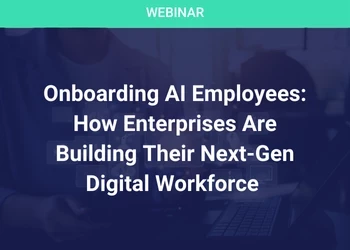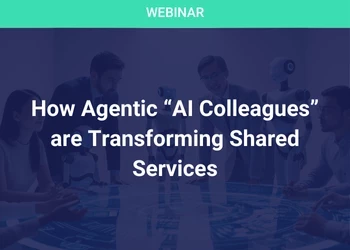Developing the Right Culture to Create Digital Effectiveness
Add bookmark
I often hear CEO’s, COO’s and CFO’s cite various reasons as barriers to digital effectiveness and it is a fact that established organizations often suffer from the inherent cost of large numbers of people, buildings, old technology and cumbersome process. Technology is the most recognized legacy issue to deal with and the one that attracts most attention from executive management.
READ ALSO: Innovation: The Missing Ingredient
But technology – the fuel that drives the digital powerhouse of aspiration – is often seen by management as a magic wand; a Harry Potter style “fix all” which generally comes with a hefty price tag, not just in terms of monetary investment but also with the organizational and operational upheaval needed to support its introduction.
It is in creating the solid foundations necessary for digital effectiveness that you encounter the other legacy issues that must also be addressed; namely legacy management and staff.
In today’s digital age, organizations cannot settle for sporadic incremental improvement – tweaking productivity here, tactical fixes there. They must support an employee culture and mindset that challenges what we do today, and make it better, periodically undergoing performance transformations and driving a digital agenda to get to, and stay, on top.
To do this effectively, an organization must build its employee capabilities.
Building your employee capabilities
Automation of operational activities was once limited to undertaking repetitive tasks using BPM and simple RPA. Now machines are increasingly capable of complex activities, such as allocating work or developing algorithms for mathematical modelling. As technologies such as machine learning provide increasing levels of personalization, the role of the employee will change, requiring new skills to seek, and take advantage of what technology can offer.
READ ALSO: The Hidden Cost of Non-alignment Between Global Teams
Both organizational culture and structure are now being appreciated as key barriers to a successful transition into the digital age. Although there are challenges in delivering change to these aspects of an organization, such change generally comes at a monetary price much lower than new technology and can itself drive efficiency gains that, in turn, deliver a financial benefit.
And if you get it right you will create the corporate environment that paves the way for the digital revolution needed to deliver a corporate strategy for the modern age, beat your competitors, and provide a springboard for greater things.
Continued next week: CULTURE AND STRUCTURE


























